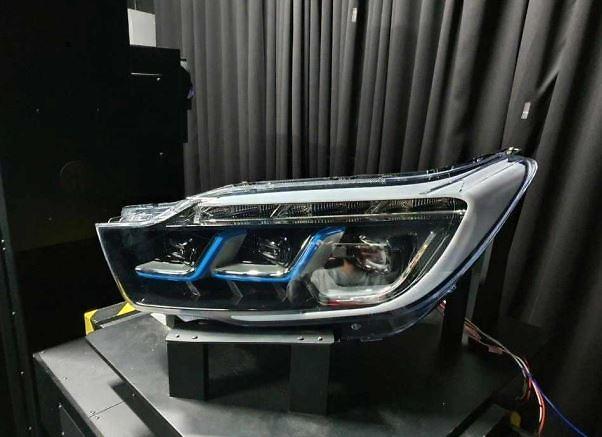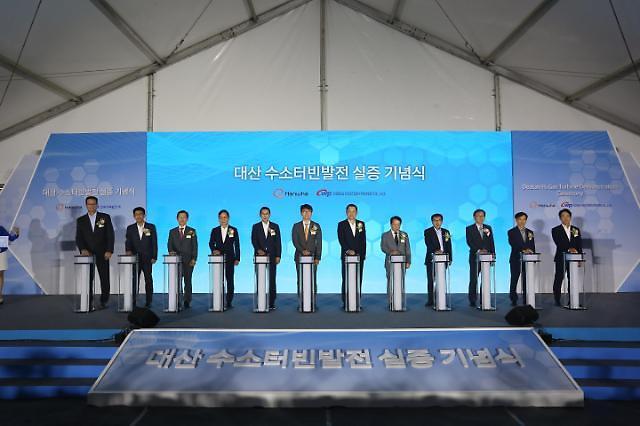US researchers advance artificial photosynthesis
By Park Sae-jin
Posted : April 30, 2015, 16:34
Updated : April 30, 2015, 16:34
The system is designed to capture carbon dioxide (CO2) emissions, before they are vented into the atmosphere and then, powered by solar energy, convert that greenhouse gas into chemical products, including biodegradable plastics, pharmaceutical drugs and hopefully liquid fuels.
"We believe our system is a revolutionary leap forward in the field of artificial photosynthesis," said Peidong Yang, a chemist with the Materials Sciences Division of the U.S. Department of Energy (DOE)'s Lawrence Berkeley National Laboratory and one of the leaders of this study, in a press release.
Yang also holds appointments with the University of California at Berkeley.
In the natural photosynthetic process, plants use the energy in sunlight to synthesize carbohydrates from carbon dioxide and water.
As described in the latest issue of the journal Nano Letters, the artificial photosynthetic system, built by Yang and his colleagues with the Berkeley Lab and UC Berkeley, synthesizes the combination of carbon dioxide and water into acetate, the most common building block today for biosynthesis.
"In natural photosynthesis, leaves harvest solar energy and carbon dioxide is reduced and combined with water for the synthesis of molecular products that form biomass," said Christopher Chang, an expert in catalysts for carbon-neutral energy conversions and another leader of the study.
"In our system," Chang explained, "nanowires harvest solar energy and deliver electrons to bacteria, where carbon dioxide is reduced and combined with water for the synthesis of a variety of targeted, value-added chemical products.
Michelle Chang, an expert in biosynthesis who led the project together with the two other scientists, said: "Our system represents an emerging alliance between the fields of materials sciences and biology, where opportunities to make new functional devices can mix and match components of each discipline.”
By Ruchi Singh




